Velora Fruits’ exported broccoli
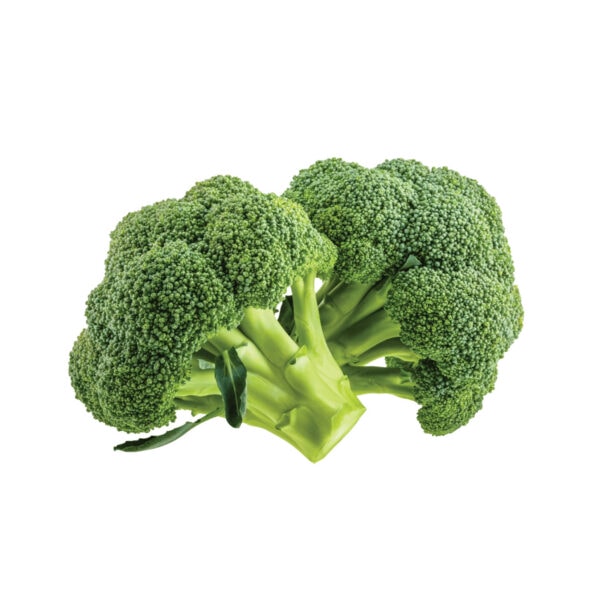
Broccoli (“Kalame Xuŝehi”), scientifically known as Brassica oleracea, is a type of vegetable from the cabbage family. Broccoli is dark green, with a strong stem, and small dark green flower clusters resembling umbrellas grow at the top of its light green stems. Broccoli is rich in vitamin A and vitamin C.
The most common type of broccoli in the United States is Italian green broccoli, also known as Calabrese, named after Calabria, a region in Italy where this vegetable was first grown.
The edible parts of this vegetable (Kalam Xuŝehi) include the small dark green flowers at the top of the plant and 6 to 8 inches of the stem that the flowers grow on. Broccoli is a close relative of cauliflower, cabbage, and Brussels sprouts.
Broccoli is a vertical, annual plant with large, broad leaves that can grow up to 3 feet in height. This plant is typically grown from seeds and is harvested 80 to 120 days after planting. The edible part of broccoli is actually a cluster of buds that are about to open. Overripe broccoli becomes tough and woody because the sugar in the plant turns into lignin. Lignin is a type of fiber that forms a layer around cellulose in plants and does not soften when cooked.
Cabbage is a rich source of vitamin C, glutamine, and amino acids.
Cruciferous vegetables like cauliflower and broccoli activate protein in the arteries at high-risk areas. A chemical compound called sulforaphane found in vegetables provides protection against heart disease through consumption.
The more broccoli (and even kale) consumed, the lower the risk of colon and rectal cancer in men. Broccoli is associated with a reduction in the prevalence of cancers of the throat, mouth, stomach, prostate, and bladder. Broccoli is high in fiber and nutrients, and due to its low-calorie content, it is beneficial for weight loss and provides a long-lasting feeling of fullness. Broccoli contains sulforaphane, which significantly reduces the number, size, and multiplication of cancerous tumors. It is rich in fiber, carotenoids, vitamin C, and beta-carotene (a precursor to vitamin A), making it a strong antioxidant. The calcium in broccoli is equivalent to that found in milk, making it highly beneficial for individuals with osteoporosis or calcium deficiency.
The antioxidants in vitamin C are crucial in preventing skin damage caused by sunlight and wrinkles. When it comes to vitamin C, many people consider citrus fruits as the main source. However, one cup of broccoli contains 81 mg of vitamin C, which is more than the daily required amount. Vitamin C plays an important role in collagen formation, and vitamin A and E are also essential for healthy skin, which broccoli provides as well. These countless benefits have earned broccoli the title of “king of vegetables.” It is advised to avoid yellowed broccoli.
Velora Fruits is a producer and supplier of iceberg lettuce, cabbage, and broccoli for global markets
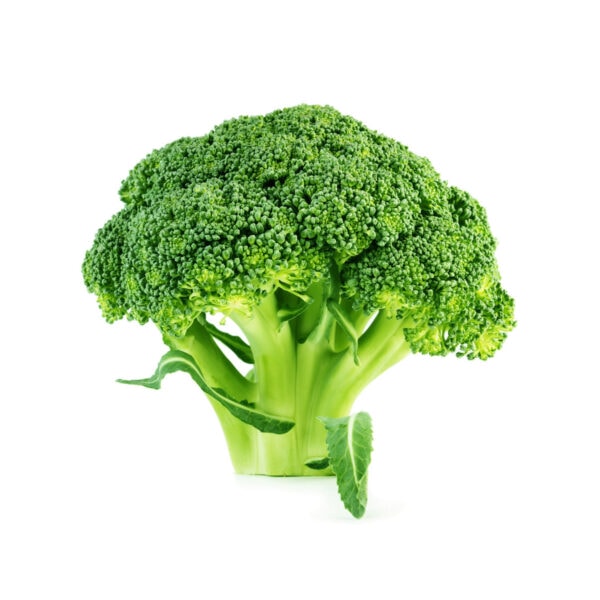
Export Broccoli of Velora Fruits
Export Lettuce; Iceberg Lettuce of Velora Fruits
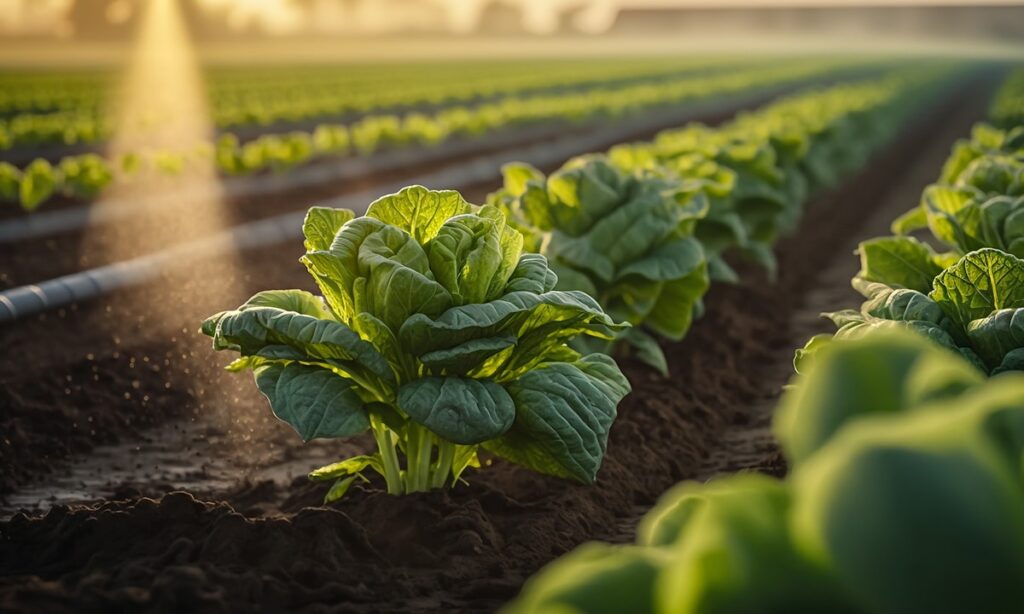
Lettuce (scientific name: Lactuca sativa) is an annual plant from the Asteraceae family. Lettuce is typically cultivated as a leafy vegetable, but it can also be found in the form of stems or seeds. Lettuce was first cultivated by the ancient Egyptians, who obtained it from a wild plant whose seeds were used to produce oil. Lettuce later spread to Rome and Greece, where it was named “Lactuca,” which is the root of the word “lettuce” in English. By 50 BCE, several varieties had been described, and lettuce appeared in medieval writings, including several herbals. Between the 16th and 18th centuries, several varieties were grown in Europe, and by the mid-18th century, it was determined that it could also be cultivated in gardens. Initially, Europe and North America were the primary markets for lettuce, but by the late 1900s, its consumption spread globally.
Lettuce is a relatively easy-to-grow, resilient annual plant but requires cooler temperatures to prevent it from bolting quickly. Lettuce may suffer damage due to nutrient deficiencies and pests such as insects, small mammals, fungi, and bacteria. Hybridization between different species of lettuce occurs easily. While this characteristic may create difficulties for home gardeners in preserving seeds, it is used by biologists to expand the gene pool of different lettuce species. In 2013, the global production of lettuce and chicory reached 24.9 million tons, with over half of it being produced in China.
Lettuce is mainly used in salads, though it can also be found in dishes such as soups, sandwiches, and more. Additionally, it can be stir-fried. A variety called “asparagus lettuce” is grown for its stalk and can be consumed either raw or cooked. Lettuce is a good source of vitamin A and potassium, and it is also a key source of other vitamins and minerals. Despite its beneficial properties, lettuce can also harbor bacteria, viruses, and parasites that can be transmitted among humans. Additionally, it has been used religiously and medicinally by humans for centuries.
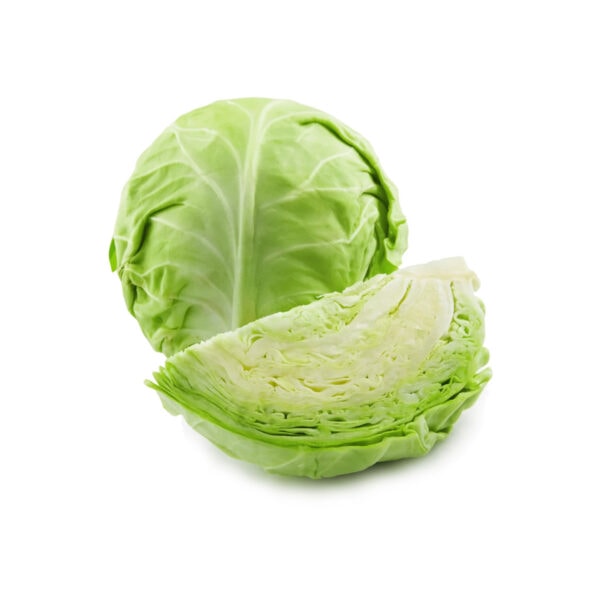
Cabbage (scientific name: Brassica oleracea) is a species from the cabbage genus. Due to its antioxidant properties, cabbage plays an important role in detoxifying the body and is a good source of calcium.
Cabbage is the most significant member of the mustard family (Brassicaceae). It is believed that today’s cabbage varieties originated from wild cabbage, which grew along the chalky shores of England and the western and southern coasts of Europe. Cabbage has been consumed as a food crop since ancient times. The ancient Greeks highly valued it, and legends claim that it was considered the origin of the gods. It is also said that the Egyptians worshipped cabbage.
Ornamental cabbage, which is native to the Mediterranean and temperate regions of Asia, is widely spread. Various types of ornamental cabbage are used as annual plants due to their colorful leaf arrangements. The leaves of ornamental cabbage come in forms ranging from round to oval, either simple, ruffled, or split, and in colors such as white, purple, pink, or combinations of these. There is significant diversity in terms of shape, color, and height of this plant. Ornamental cabbage is cold-resistant and is one of the few plants used for garden decoration during the winter season. However, it does not tolerate water stress.
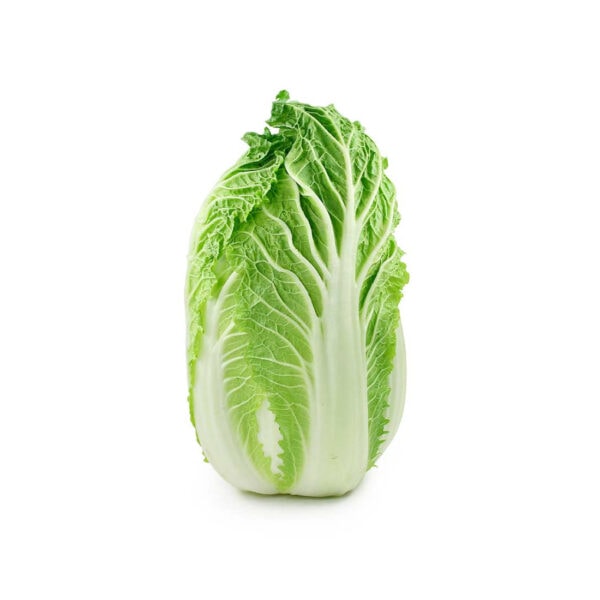
Velora Fruits is a producer and supplier of iceberg lettuce, cabbage leaves, and broccoli for global markets.








